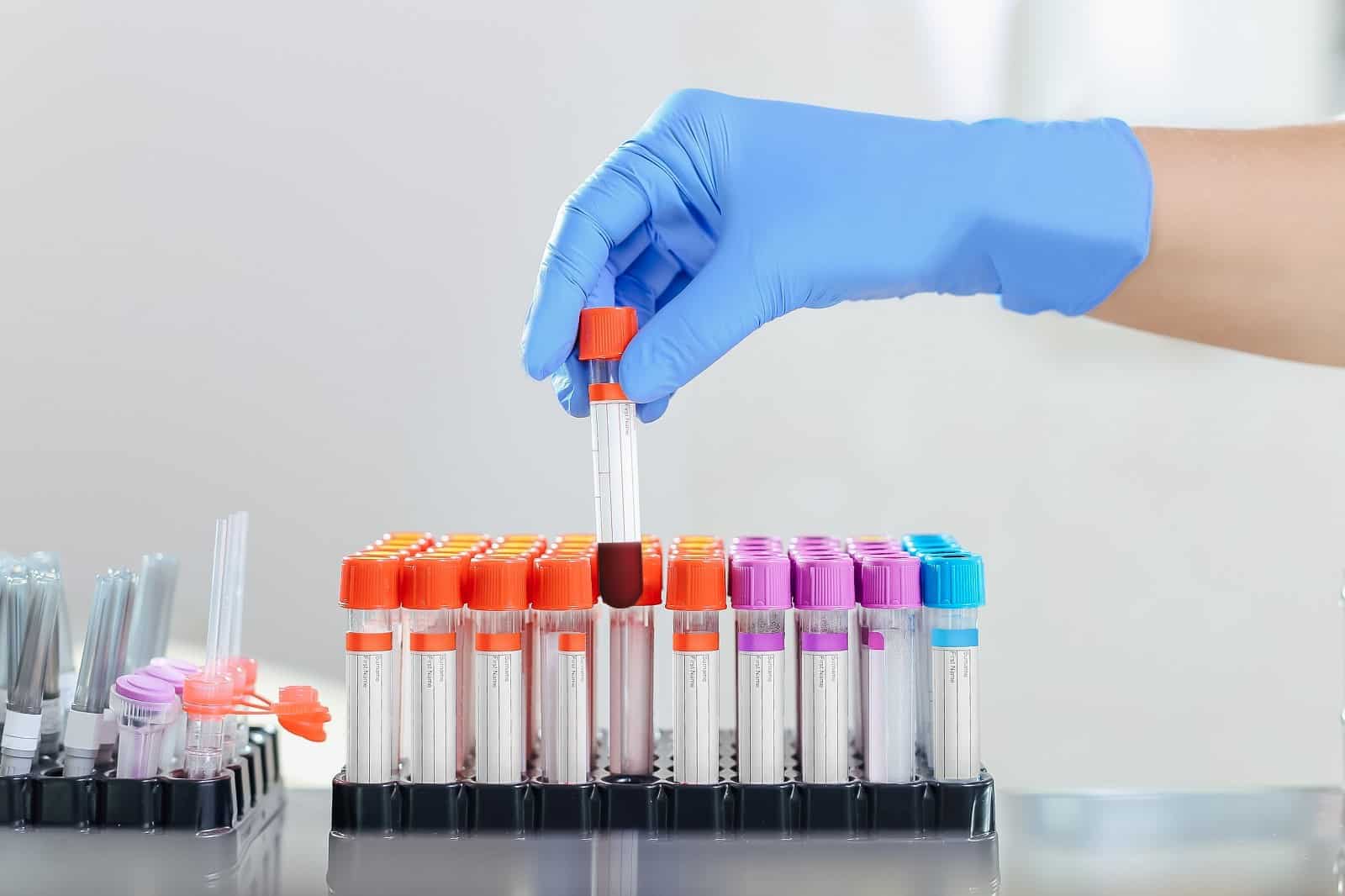
When taking rapamycin, and especially when starting with this drug, it’s important to keep track of some blood biomarkers that rapamycin could impact.
First, tests that measure red and white blood cells levels to see if these are not declining. Rapamycin is an mTOR inhibitor that impedes growth. Red and white blood cells are continuously produced at very high rates in the body, and in some people rapamycin could reduce the production of these cells.
This could lead to anemia (too little red blood cells) or leukocytopenia (too little white blood cells).
For example, a physician started to take 6 mg or rapamycin once weekly for longevity, but after a few months his red blood cell values started to go down. He decided to take 6 mg twice-weekly, and his red blood cell levels normalized again and didn’t go down ever since.
People also check their sugar metabolism: rapamycin might increase glucose levels and induce insulin resistance. However, keep in mind that increased glucose levels or insulin resistance is not always a bad thing in the context of taking rapamycin, as I explained earlier.
Nonetheless, it can be useful to keep track of sugar metabolism biomarkers, such as fasting glucose, fasting insulin and HbA1c, for example every 3 to 4 months, to see if rapamycin does not increase insulin resistance (in most people it won’t).
Overview lab work for rapamycin
Below you can find an overview of a blood panel done in patients taking rapamycin. It can be done every 3-4 months, especially in the beginning of the treatment.
Red and white blood cell levels and platelet count
– Red blood cell count
– Hematocrit: the volume of red blood cells compared to the total volume of blood
– Mean corpuscular hemoglobin (MCH): the average amount of the oxygen-transporting hemoglobin in your red blood cells
– Mean corpuscular volume (MCV): the average size of your red blood cells
– Mean corpuscular hemoglobin concentration (MCHC): the concentration of hemoglobin in red blood cells
– Red blood cell distribution width (RDW): looks at how varied red blood cells are in size (being too big or too small)
– White blood cell count (WBC), including lymphocytes, monocytes, basophils and neutrophils
– Platelet count
Iron metabolism (required to make red blood cells)
– Iron
– Ferritin
– Transferrin
– Total iron binding capacity (TIBC)
Metabolism
– Fasting glucose
– HbA1c
– Fasting insulin (and eventually HOMA-IR score to measure insulin resistance).
– Fasting triglycerides
– Fasting total cholesterol
– Fasting HDL
– Fasting LDL
This might seem like a lot. But don’t panic: these biomarkers are often checked in standard blood tests. You could go to your doctor and ask to get these biomarkers tested.
You could also look for blood testing labs close to where you live; many of these labs also offer blood tests to non-medical individuals to check their health, without needing to see a medical doctor. Of course, these tests are then not reimbursed; testing for all the biomarkers above will set you back by around 70 to 90 dollars or euro.
One does not necessarily have to test for all of these biomarkers. The bare minimum would be the number of red blood cells, hematocrit, white bloods, fasting glucose, total cholesterol and LDL cholesterol.
A note: total cholesterol, HDL and LDL levels can suffice to track one’s response to rapamycin. However, as I will explain later on, there are better biomarkers to measure cholesterol metabolism and heart disease risk.
Before one starts taking rapamycin, one could do a biological age test, like an epigenetic test, to see if the rapamycin reduced one’s biological age after at least 6 months to a year. However, most epigenetic tests are not accurate enough (yet) to measure an individual intervention in one person.




